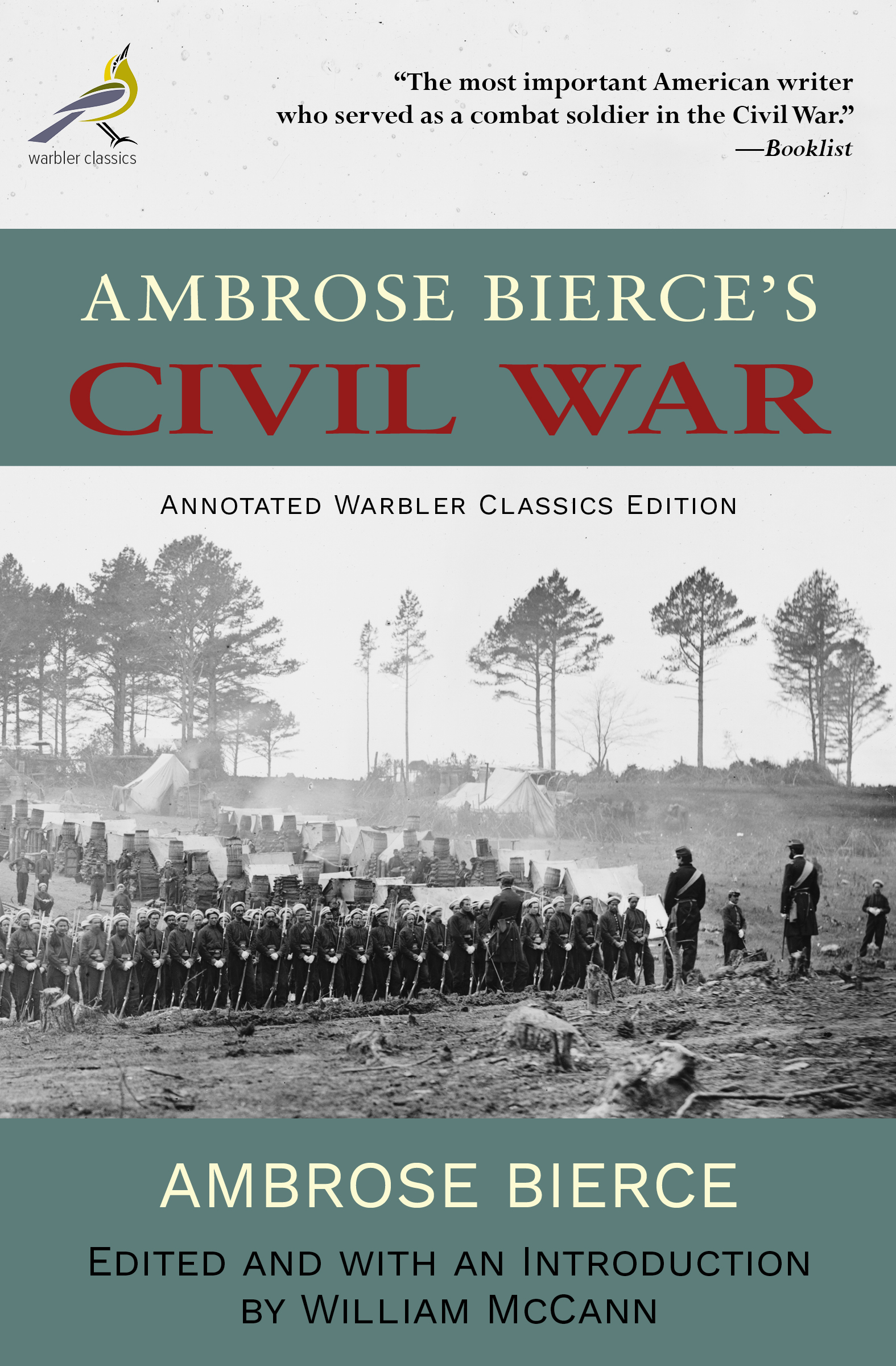Ambrose Bierce’s “An Occurrence at Owl Creek Bridge” is not merely a tale of a man facing execution; it’s a meticulously crafted exploration of the human psyche confronting mortality. The narrative’s power resides not only in its dramatic irony but also in the potent symbolism woven throughout, transforming a seemingly straightforward plot into a profound meditation on time, perception, and the illusory nature of reality.
One of the most pervasive symbols in the story is, naturally, Owl Creek Bridge itself. Bridges, in literature, often represent a transition, a liminal space between two states of being. Here, the bridge is the precarious boundary between life and death for Peyton Farquhar. It’s the fulcrum upon which his existence balances, and its impending destruction mirrors his own impending annihilation. It also symbolizes the bridge between reality and fantasy, between the objective world of the execution and the subjective world of Farquhar’s desperate escape.
The setting provides its own symbolic weight. The Civil War, a brutal and fratricidal conflict, looms large in the background. It represents the collapse of order, the fracturing of societal norms, and the intrusion of chaos into everyday life. Farquhar, a Southern planter, is caught within this maelstrom. His privileged existence is disrupted, and his yearning for glory and adventure reflects a romanticized, perhaps delusional, view of the war’s realities. The war, therefore, is symbolic of the larger forces that overwhelm individuals, stripping them of agency and exposing the fragility of their aspirations.
Time is a crucial motif, distorted and manipulated to heighten the story’s emotional impact. As Farquhar falls from the bridge, time dilates. Moments stretch into seeming eternities. He experiences a hyper-acute awareness of his surroundings – the individual leaves on the trees, the veins in their surfaces. This temporal distortion symbolizes the mind’s desperate attempt to cling to life. In the face of imminent death, the brain floods with sensory data, creating a heightened, almost hallucinatory, reality. The distortion of time also reflects the unreliability of memory and perception under extreme stress. Farquhar’s fabricated escape is, in essence, a product of his mind’s desperate attempt to rewrite his fate, to create a narrative where he triumphs over death.
Water, a classical symbol of cleansing and rebirth, takes on a more complex meaning in the story. While Farquhar initially plunges into the water, seemingly escaping the noose, this submersion doesn’t represent a true rebirth. Instead, it marks a transition into the realm of fantasy. The water becomes a conduit to his imagined escape, a space where the laws of physics and logic are suspended. Thus, while water can represent renewal, here it primarily symbolizes the fluidity of the subconscious and the blurring of the line between reality and illusion.
Farquhar himself is a significant symbolic figure. He represents the romantic ideal of the Southern gentleman, a figure steeped in notions of honor, chivalry, and martial prowess. However, Bierce subtly subverts this image. Farquhar is not a soldier but a civilian, driven by a desire for adventure and a perhaps naive belief in the righteousness of his cause. His attempt to sabotage the bridge is portrayed as a rather ill-conceived act, suggesting that he is more driven by romantic fantasy than by practical considerations. He embodies the self-deception and the idealized vision of war that often obscures the brutal realities of conflict.
The gray-clad soldier, who visits Farquhar’s home, is more than just a messenger of opportunity; he’s a harbinger of doom. His presence initiates the chain of events leading to Farquhar’s demise. The soldier represents the deceptive nature of war and the insidious ways in which individuals are manipulated into participating in violence. His seemingly innocuous request for information is, in reality, a carefully orchestrated trap, symbolizing the betrayal and moral ambiguity inherent in warfare. He is an agent of fate, setting in motion Farquhar’s tragic destiny.
The forest, through which Farquhar imagines his escape, can be interpreted as a symbol of the unknown and the untamed. It represents the chaotic, unpredictable nature of life itself. As he journeys through the forest, he faces a series of obstacles and challenges, mirroring the trials and tribulations of human existence. However, this forest is not a path to enlightenment or self-discovery but a labyrinth leading back to the inescapable reality of his execution. The forest, therefore, becomes a symbol of the futility of escape from one’s fate.
The final image of Farquhar reaching his home, only to be abruptly yanked back to reality, is perhaps the most powerful symbol in the story. It underscores the ephemeral nature of his illusion and the crushing weight of his mortality. The idyllic vision of his wife and children is shattered, revealing the stark reality of his situation. This abrupt return to consciousness highlights the cruelty of fate and the ultimate powerlessness of the individual in the face of death. The ending is a brutal reminder that even in the realm of fantasy, reality will eventually assert itself.
“An Occurrence at Owl Creek Bridge” endures as a masterpiece of American literature because of its masterful use of symbolism. Bierce’s careful manipulation of images and motifs elevates the story beyond a simple war narrative, transforming it into a profound and unsettling exploration of the human condition. The reader is left to contemplate the nature of reality, the power of the mind, and the enduring mystery of death, long after the final sentence is read.
